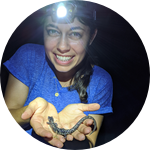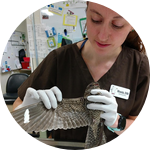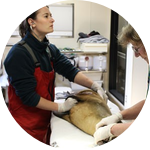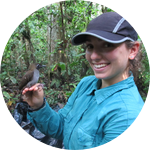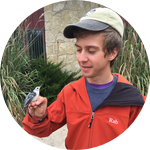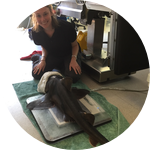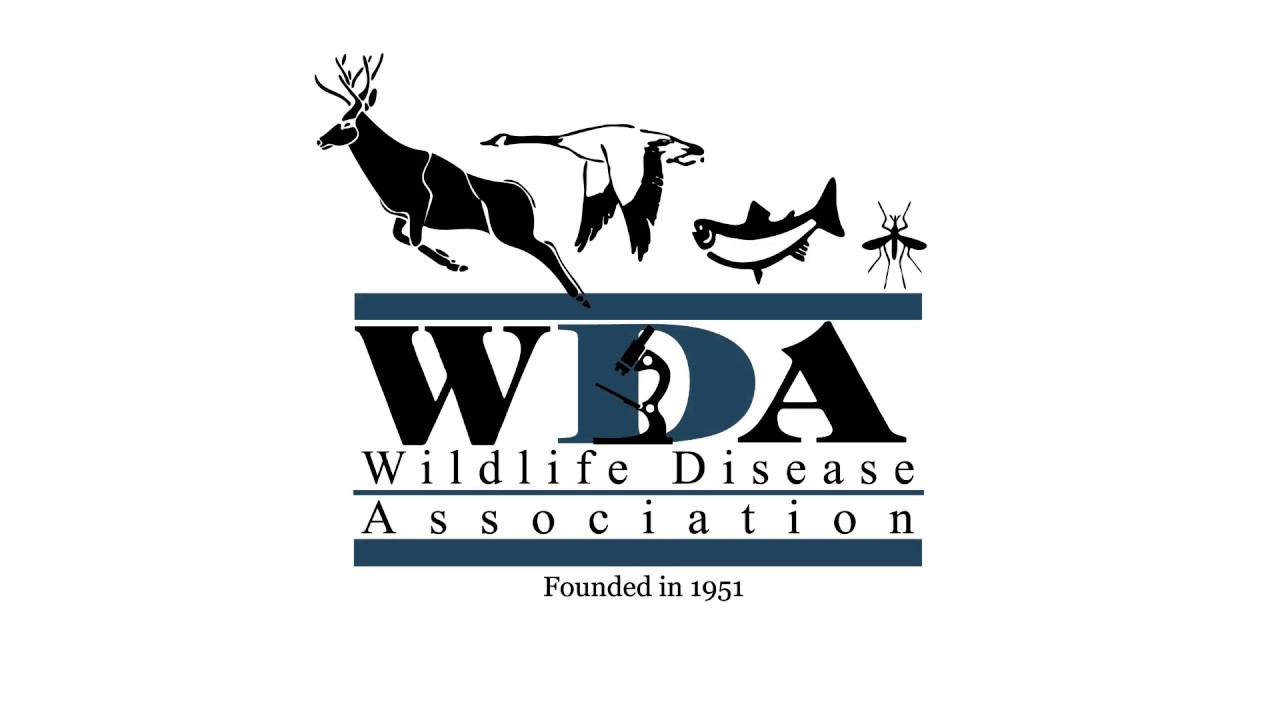
Wildlife Disease Assocation
The mission of the Wildlife Disease Association is to promote healthy wildlife and ecosystems, biodiversity conservation, and environmentally sustainable solutions to One Health challenges.
Projects
31
Do Australian bats have what it takes to survive the deadly White Nose Syndrome?
Australian bats are at risk from the deadly fungal disease White Nose Syndrome (WNS), which is expected...
What is the health status of wild stranded dolphins in the west coast of Ireland?
Dolphins are charismatic animals that can be found around Ireland. Many factors can contribute to stranding...
How deadly is the emergence of malaria in Common Loons?
Recently, we have documented malaria parasites killing Common Loons, an iconic species of the northern wilderness...
Understanding transmission of a deadly fungus to prevent a salamander apocalypse in North America
Salamanders in Europe are dying from a disease caused by the "salamander devouring fungus", Bsal. This pathogen...
Can aerial photography be used to measure leatherback sea turtle body condition?
Unlike hard-shelled sea turtles, the leatherback’s soft-shell changes shape relative to their nutritional...
Why are frigatebird chicks so vulnerable to a viral disease?
A novel herpesvirus likely indigenous to the magnificent frigatebird (Fregata magnificens) has been linked...
How are cave-dwelling amphibians responding to parasitic and environmental threats?
Amphibian declines are occurring at alarming rates worldwide. To ensure a future for amphibians, we must...
Health impacts of plastic on inshore fish in the Florida Keys
Tiny pieces of plastic (microplastics), have been found at the highest camp on Mt. Everest (26,000 ft up...
Is lead toxicity a contributing factor to large scale songbird population decline?
Significant declines in North American songbird populations over the past 50 years highlight the need for...
How do different strains of canine distemper virus alter disease outcomes for wildlife?
Distemper is a contagious frequently lethal disease that threatens many wild mammals, including endangered...
What kills elephants at waterholes in Zimbabwe?
Botswana recently experienced severe, highly publicized mortality of elephant, which authorities attribute...
Is Mycoplasma bovis maintained in Wyoming pronghorn antelope (Antilocapra americana) reservoirs?
Mycoplasma bovis (M. bovis) is an economically important bacterial pathogen of cattle. We recently documented...
Which marine mammal eats the most microplastics?
Marine mammals, like dolphins, eat food contaminated by microplastic pollution, which could cause serious...
Can blood lactate levels help guide treatment for birds suffering from monofilament line entanglement injuries?
Fishing line entanglement injuries are a common problem affecting over 200 different wildlife species globally...
Comprehensive health assessment of gopher tortoises inhabiting fragmented habitat in South Florida
Low fecundity has been reported for many gopher tortoise (Gopherus polyphemus) aggregations in south Florida...
How does avian social behavior relate to risk of infection by malarial parasites?
Blood parasites can have devastating effects on bird populations, and climate change is expected to increase...
Building an active surveillance system for lead in Northeastern wildlife
Many species of wildlife are exposed to lead in the environment, sometimes with devastating consequences...
Effects of lead exposure in Scandinavian brown bears
Toxicants of human origin are a growing concern to conservation. Lead (Pb) is a toxicant that accumulates...
Can we utilize natural bat colony behavior as a vaccination strategy?
Bats are one of the most prolific and ecologically important groups of mammals on the planet, but they are...
Investigating the role of innate immune function in snakes battling fungal disease
Ophidiomycosis (snake fungal disease) is a threat to snake health. Caused by the fungus Ophidiomyces ophiodiicola...
Do zoonotic pathogens exist in Fijian bats and if so what are the risks of exposure to humans?
Interactions between humans and bats can be both beneficial and detrimental. Habitat loss worldwide has...
Creating a refuge from amphibian chytrid fungus for the critically endangered mountain chicken
No project has successfully managed the impact of introduced chytrid fungus on a amphibian population in...
Assessing the pathogens of wild mammals in Los Angeles County
Urban wildlife can harbor and transmit many diseases that have the potential to affect humans, domestic...
Ticks and tick-borne pathogens of the Mojave Desert Tortoise
Ornithodoros ticks occur in the Mojave desert and frequently parasitize desert tortoises. These ticks carry...
Is habitat quality a key factor in determining whether koalas develop chlamydial disease?
Northern koala populations have declined rapidly in the last two decades and localised extinctions are predicted...
Dead wombats walking: Seasonal nutrition and mange in free-ranging bare-nosed wombats
Bare-nosed wombats are under threat from sarcoptic mange caused by the sarcoptic mange mite, Sarcoptes scabieii...
Combating tuberculosis in African rhinoceros
Recently, tuberculosis was discovered in populations of African black and white rhinoceroses in Kruger National...
Probiotics for wild boreal toads facing a deadly fungal disease
A fungal pathogen spread around the globe by human activities now threatens many amphibians, including boreal...
Do Pacific Northwest marine mammals carry antibiotic-resistant bacteria from land animals?
Antibiotic resistance, a global concern, is a significant health issue of animals and humans. Resistant...
Are Costa Rican salamanders susceptible to Batrachochytrium salamandrivorans?
The emergent fungal pathogen, Batrachochytrium salamandrivorans (Bsal), poses a significant threat to global...
Development of non-invasive diagnostics for endotheliotropic herpesvirus in free-ranging Asian elephants
Elephant endotheliotropic herpes virus hemorrhagic disease (EEHV-HD) is the leading cause of death of young...



